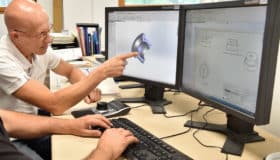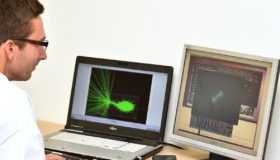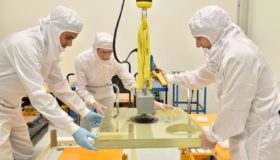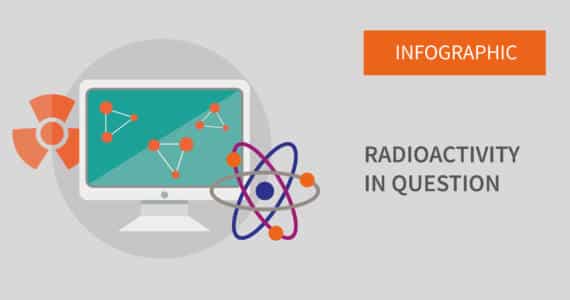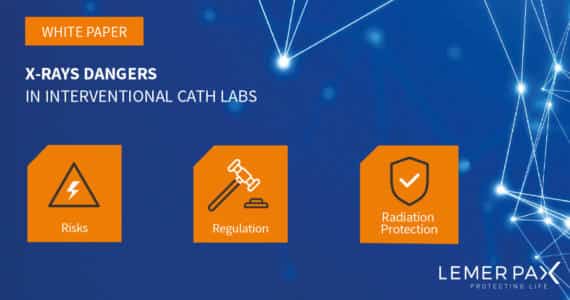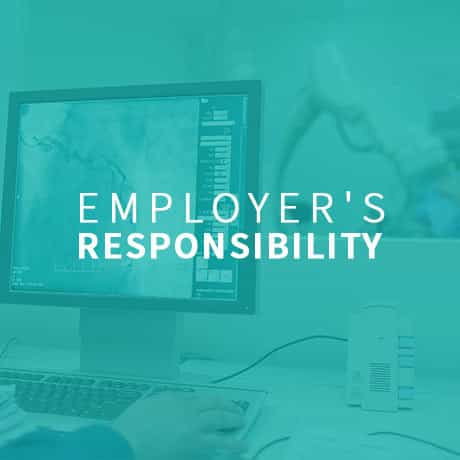
Radiation protection: new directives regarding the employer’s responsibility
Radiation protection regulations are changing. Decrees transposing the European directive 2013/59 Euratom were published in the Official Bulletin on 4 June 2018. These regulations consolidate the cohesion and efficiency of the teams at all levels and propose a graduated approach more adapted to the numerous situations where persons or the environment are exposed to ionising radiation. Confirmation: the employer remains responsible for protecting workers against all occupational risks.
A more graduated approach and more clearly defined skills
The decrees modifying the radiation protection regulations (No. 2018-434 of 4 June 2018 and No. 2018-437 of 4 June 2018) were published in the Official Bulletin in order to make prevention in the field of radiation protection more effective.
For hospital administrations, managements, employers and operators, the aim is to better integrate the risk of irradiation in a general prevention approach to optimise the radiation protection means implemented. While strict compliance with regulations is mandatory (involving work organisation, risk evaluation, workstation analyses and zoning of the premises in view of the risk related to ionising radiation), it is not however an end in itself.
What really matters is to control the risks and the systematic approach implemented to achieve this control, one of the levers being continuous improvement. This is confirmed by the new article R4451-5 of the labour code which states that: the employer takes the prevention measures necessary to eliminate or minimise the risks resulting from exposure to ionising radiation, taking into account technical progress and the availability of measures to control the risk at source.
The employer must do so with the assistance and skills of the Radiation Protection Adviser (RPA), formerly the Radiation Protection Officer (RPO). The employer is also obliged to provide the employees with individual and collective radiation protection equipment and dosimetric monitoring devices. It remains responsible for protecting workers against occupational risks and has until 1 July 2021 to set up a new radiation protection organisation complying with the new provisions of the labour code, assisted by the radiation protection adviser.

Two intangible principles implemented by the employer and a dedicated team
Apart from the authorisation from and declaration to the ASN regarding the use of equipment emitting ionising radiation, the two broad intangible principles in radiation protection which apply in the medical field are justification and optimisation.
Each doctor using the installation is personally responsible for his professional practice. The exchange procedure between the requesting doctor and the doctor performing the act will validate and justify the intervention. The relations between the occupational doctor and the RPA must then be strengthened, especially if the doctor grants the RPA the right to access the dosimetry results concerning the internal exposure of a worker.
Regarding optimisation, other professionals are involved such as specialists in medical radiophysics and radiopharmacists. The main task of the RPA is to examine the zoning and individual studies to classify workers according to the new labour code requirements. He plays a role in protecting the health and safety of the workers, always under the employer’s responsibility, as stated in the labour code. Employers must therefore remain especially vigilant: Appointing a radiation protection adviser does not release them from their criminal liability in the event of personal fault.

At the same time, the RPA does not benefit from immunity in the event of a failure, which may possibly result in cancellation of his appointment or a disciplinary sanction if he does not comply with regulatory recommendations. Furthermore, the Social and Economic Committee (CSE), formerly the Committee on hygiene, safety and working conditions, must be consulted regarding the new radiation protection organisation to be set up. It will monitor: the appointment of the RPA, the list of classified workers, the list of workers likely to enter a restricted area but not having to be classified, the means considered for collective protection of workers, such as atmospheric radiological monitoring or the new zoning, the personal protective equipment provided to the workers, etc.
Radiation protection is therefore the concern of all professionals involved, under the employer’s authority and responsibility, and concerns over 372,262 workers exposed to ionising radiation, mainly in the medical, industrial and research sectors.
